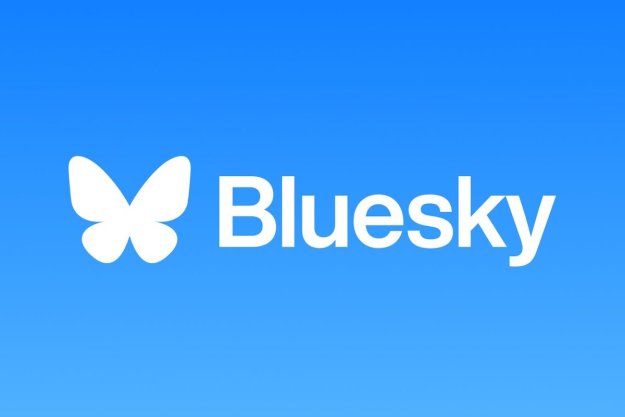
On Thursday, Twitter changed its embedded photo feature to allow users to post bigger pictures. The change is aesthetically pleasing, since it gives both landscape and portrait photos a more prominent position, allowing for more visual impact.
This is how it looks, courtesy of everyone’s favorite Canadian astronaut:
Good morning! Spaceship troubles – Cygnus on her maiden voyage, 48 hr delay for new software. http://t.co/Hs3DsciusC pic.twitter.com/o71Z5ppcGh
— Chris Hadfield (@Cmdr_Hadfield) September 22, 2013
Looks good, it’s easier to see the photo, and it puts more emphasis on the individual tweet — an all-around visual success. But this change isn’t only about aesthetics. It’s about shoring up confidence in potential investors. It’s about keeping up with Facebook. And it tells a story about how important social networks believe images are to their monetization efforts.
Facebook has been on a campaign to make itself more like Twitter, introducing hashtags and verified checkmarks and attempting to convince people to use it as a real-time discussion forum. The efforts haven’t been very successful. But with these embedded photo posts, Twitter is trying to adopt something that Facebook already has going on — a focus on photos.
Facebook made some changes to the News Feed earlier this year, giving photos a more prominent place. Like Twitter, this decision just looks better, but there was another reason for the decision to privilege photos. Facebook was adding advertisements into its primary feed, and bigger photos appealed to the clients hoping to maximize their visual impact. And even more recently, Facebook increased ad sizes within News Feed, sweetening the pot further.
Obviously, Facebook makes improvements in order to keep users excited about the service, so the larger photos were also for our benefit. But in this case, it had far more to gain from advertisers by drumming up the photo size, since it could pitch an enhanced advertising experience. Facebook users would’ve kept on using the old format without complaint (or with only minor ones).

Twitter is pulling from Facebook’s playbook on this. As the micro-blogging site gears up for its IPO, it wants to do something to be more attractive to marketers. Facebook resuscitated its flailing mobile ad campaign partly by doing things like bolstering its photo ad appeal, and it worked so well that it’s taking the same approach with Instagram. And now Twitter wants to do the same thing. It might not be creative, but it’s smart.
Twitter is more text-based than the other social networks, which is one of the reasons it’s the place to go to find out what others are thinking about events happening in real time. But the emphasis on text could be a detriment to the site’s monetization attempts, since advertisers want to introduce a compelling visual element to their campaigns. Witty tweets can help brands, but prominent image-based advertisements are more viscerally gripping.
Twitter is already an appealing ad platform, which is one of the reasons it scores stuff like exclusive, extensive advertising campaigns with Gap. But it’s just not as big as Facebook, and it needs to compete with both Facebook and Instagram. To ensure a successful IPO, Twitter has to continue tweaking its format to best appeal to marketers and advertisers. And this change in photo policy, though it may look like a purely cosmetic decision, is actually a shrewd move to attract more business.
Fortunately for us, it also means our own photos will grow too – just remember that when you see your photos getting better real estate on Twitter, that ads won’t be an exception.


